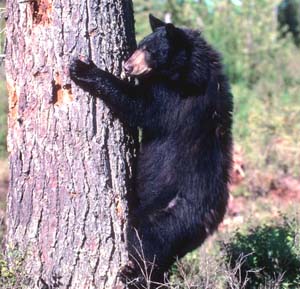Rather than being gentle giants, new research reveals that Pleistocene cave bears ate both plants and animals and competed for food with the other contemporary large carnivores of the time: hyaenas, lions, wolves and our own human ancestors.

The study, conducted by an international group of researchers including Erik Trinkaus, Ph.D., the Mary Tileston Hemenway Professor of Anthropology in Arts & Sciences, appeared in the Jan. 7 issue of the Proceedings of the National Academy of Sciences.
Cave bears (Ursus spelaeus) have long fascinated paleontologists and anthropologists, given the abundance of their large skeletal remains in Pleistocene hibernation caves across western Eurasia. For the past 30 years, studies of their bones and teeth, and especially the nitrogen isotopes in their bone protein, have concluded that they were largely vegetarian.
The interpretation of them as vegetarian has evoked an image of gentle giants, feeding on berries and roots. However, new nitrogen isotope data from the Pestera cu Oase cave in southwestern Romania shows otherwise. Although many of these cave bears appear to have been largely vegetarian, the Oase bears and scattered individuals from other cave sites show that they were sometimes as omnivorous as modern brown bears, including North American Kodiak and grizzly bears.